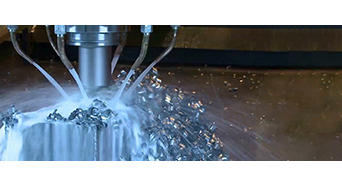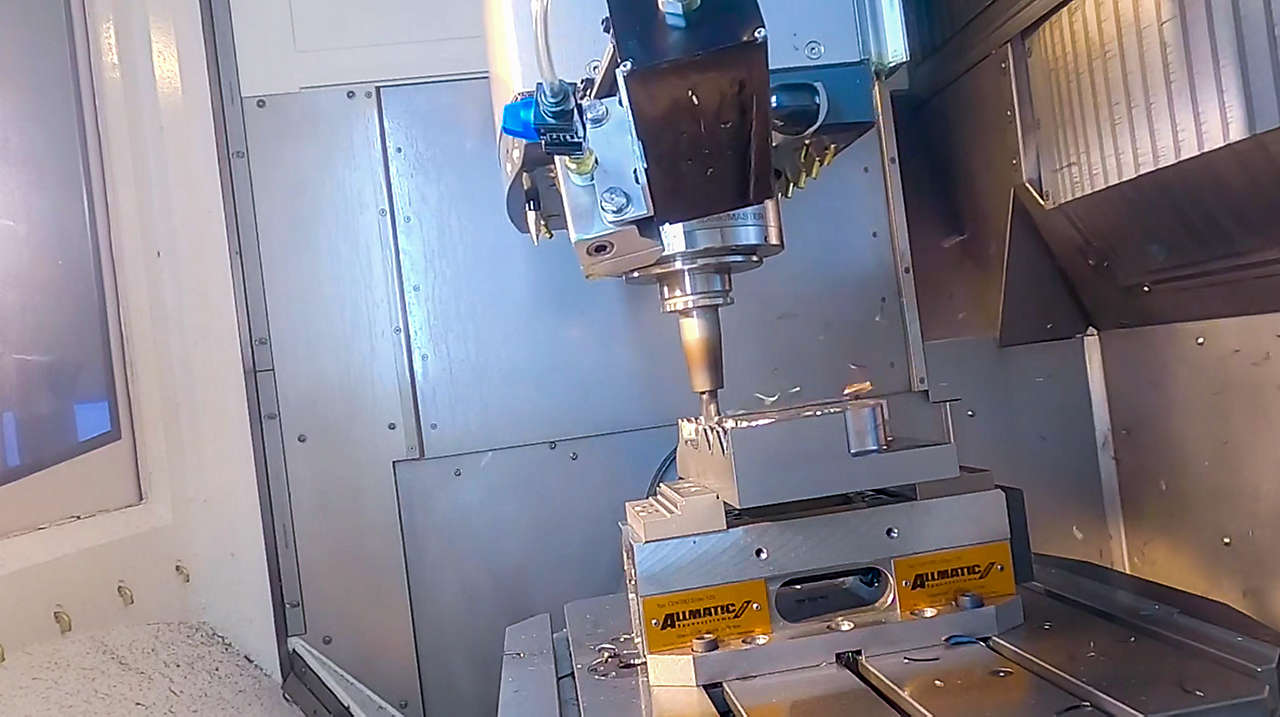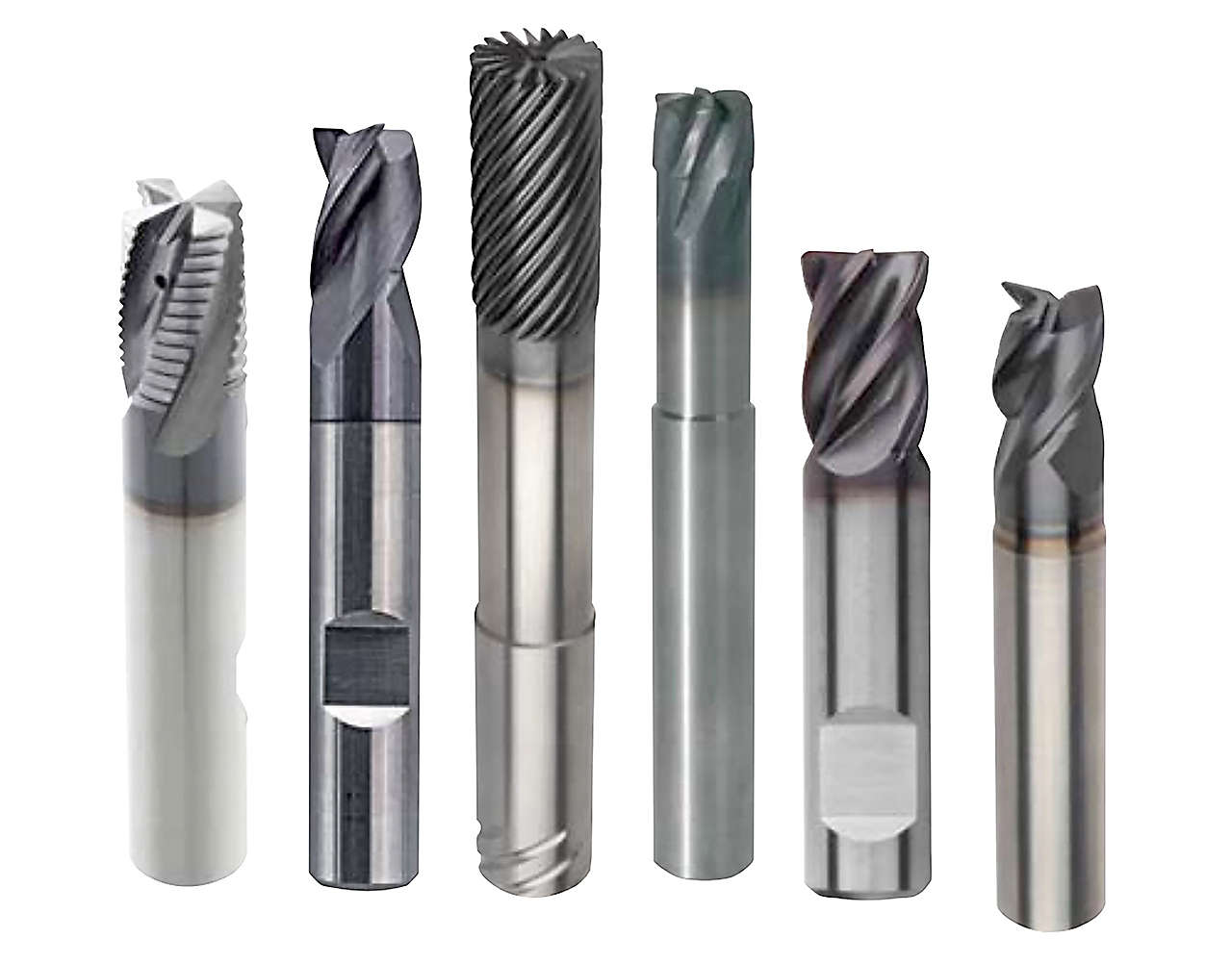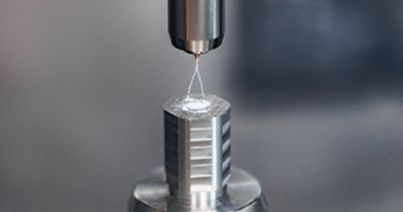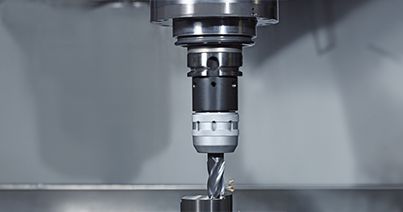Types of Milling Machines
Walk into most machine shops today and you will likely see a line of 3-axis vertical machining centers. These often have three axes of motion—a spindle that moves up and down (the Z-axis), together with a table underneath that runs side to side (the X-axis) and in and out (the Y-axis).
Add a rotary table to this configuration and you now have four axes of motion (although they are rarely referred to as “4-axis machining centers”). Mount the rotary table to a swiveling trunnion arrangement (known as a tilt-rotary) and you’ve arrived at the 5-axis machining center mentioned above, able to mill parts in five axes simultaneously.
Horizontal machining centers are the darling of production shops everywhere. They’re favored due to an integrated pallet system that eliminates having to stop the machine to change workpieces. Horizontal machining centers are also very easy to automate for lights-out manufacturing, or be made part of a computer-controlled flexible manufacturing system (FMS).
Gantry mills and traveling column mills are designed for shops that need to machine very large parts, say the size of cars and tractors. Here, a vertical spindle is mounted to a horizontal rail (the Y-axis) that’s bolted to a pair of vertical pillars, forming an inverted U. If this U-shaped assembly moves on a set of rails lengthwise over a fixed table, it’s called a traveling column vertical machining center; if the table moves and the U remains stationary, it’s called a gantry type machining center. In addition, many of these machine tools come equipped with an indexable milling head, providing what’s known as five-sided machining.
Lastly, we’ll go back to horizontal machining centers for a moment. Some of these are equipped with a movable “quill” that can extend the cutting tool deep into a workpiece. These are known as boring mills, due to their ability to mill and bore very accurate holes and features in large workpieces. Again, depending on the size of the workpiece and the machine builder, these might be configured with a fixed (traveling column design) or movable table (gantry type).
